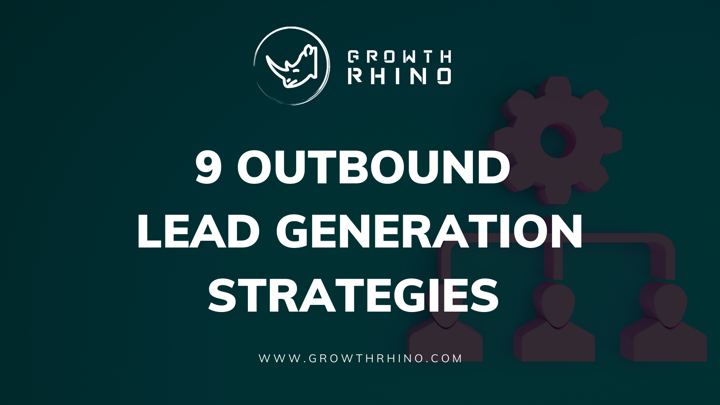
Lead generation has become such an important aspect of modern-day marketing those billions of dollars are being spent on it by businesses around the world. With 53% of marketers spending half of their budgets into lead generation, it won’t be hype if we call it the lifeline of businesses in the digitalized world.
The purpose of lead generation is to get you the right audience, find the right prospects, and convert them into loyal customers for a solid customer base and scalable growth in your business.
Yet, as easy as it sounds, finding the right customer, especially in these highly competitive markets where the crowd is more aware than ever before and tools more sophisticated than ever imagined, isn’t that easy. No wonder why over 60% of marketers consider lead generation to be their biggest challenge!
And this is why most sales personnel and marketers are always hunting for new ways to attract potential customers. But regardless of what they are, all of them fall under two specific categories of lead generation strategies that you can try.
The first- inbound lead generation wherein customers or prospects are enticed to reach out to a business.
The second or the one we’d be focusing on here is the outbound lead generation in which a business reaches out to potential buyers so as to arouse their interest in its offers.
So, lead generation in its essence is nothing but an umbrella term for all the ways that you could use to bring in new customers into your business.
What is Outbound Lead Generation?
Outbound lead generation, as the name suggests, consists of all the methods that you could use to reach out to a potential customer, whether in-person or not.
And that includes via calling, emailing, connecting with them on social media, online communities, job portals, and so on. The point of outbound lead generation is to be able to knock on a customer’s door without prior intimation in order to make more sales.
We shall talk more about these sales tactics in a while, but first, let’s understand the importance of outbound lead generation strategies as per the stats.
What do stats say about the importance of Outbound lead generation strategies in early 2022?
Although only 18% of marketers support outbound prospecting as a valuable leads generator, it does offer some benefits that you cannot afford to overlook.
Apart from giving you faster and wider access to new markets, an outbound lead generation strategy could also generate leads faster when you’re trying to target someone who’s ready to buy from you right away.
So instead of waiting for a ready-to-convert lead to come up to you, you should go ahead and reach out to him without wasting any time.
Another advantage of outbound lead generation over inbound lead generation is the extent of brand awareness that you could achieve in long term. On that note, let’s find out 9 of the best outbound lead generation tactics that you could implement in your marketing campaigns.
9 Outbound Lead Generation Strategies:
1) Target the right leads:
Target the right leads by identifying their needs through different stages of the sales funnel.

For instance, a hot lead that is most likely to convert may not require the same compelling that a warm lead with some or little interest might need. A cold lead on the other hand is least likely to be converted into a customer and therefore one that requires the least amount of efforts.
The bottom line is to realize that different leads might have different levels of interest in your products and services, and thus require different levels of approach.
2) Personalize the messages:
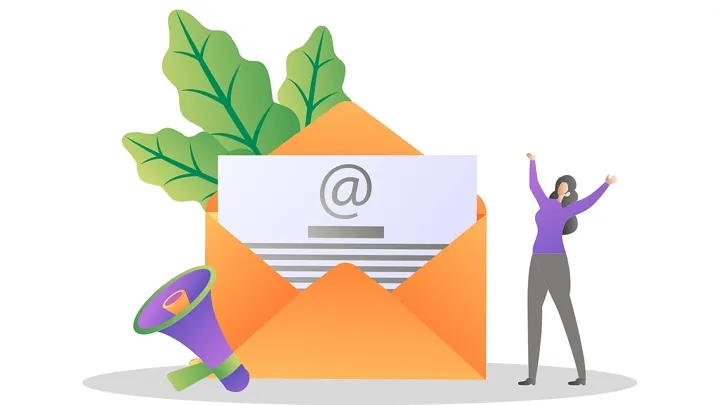
By personalizing the messages for a targeted lead, you can accomplish two things. First, establish a bond between customers and sellers, and secondly, offer free value or solutions to their problems.
You can personalize any and all types of messages being sent to your leads be it via voice calls, emails, messages, or social media. You could also use video clips, or sentences to give it a more personalized touch.
Message personalization is the number one technique when it comes to making the most out of outbound lead generation via email marketing.
3) Digitalize:
If you’re still running a brick-and-mortar store, it’s high time to take your business online. The reason of course is the overwhelming number of potential buyers spending more time in online marketplaces than offline bazaars.
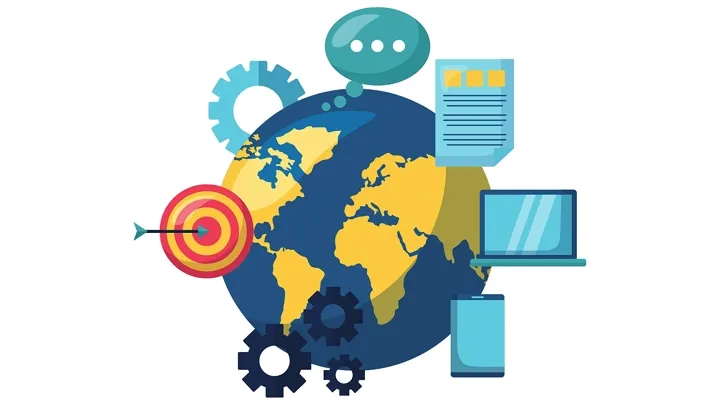
Setting up your own business website, selling your products on e-commerce websites, and using social media platforms to promote your products is of utmost importance in the digital era.
4) Automate the workflows:
Automation software is highly efficient when it comes to reducing the workload on your sales and marketing team. It’s also a great way of keeping tabs on your leads, their contact info, past correspondence, and their specific needs.
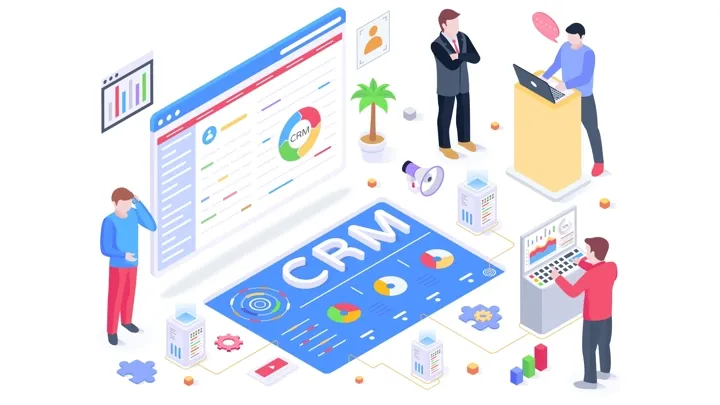
A robust CRM or customer relationship management software is a great example of an automation tool that you could use to get a consolidated view of each prospect and customer. Plus, it does the very job of providing the right offers to the right customers at the right time. And this also explains why 80% of marketers firmly believe that marketing automation increases leads as well as conversions.
5) Use multiple channels to reach out:
Outbound lead generation includes dozens of methods such as cold emailing, cold calling, and cold approaching in-person.
So, the smart thing would be to use as many as you can to get the desired audience. By using all the means of communication at your disposal, you can increase brand awareness as well as retain more customers.
Using multiple channels such as LinkedIn, Twitter, & Facebook along with online communities, job portals, networking events and so on would let you target different age groups that you won’t be able to with just a single or couple of outbound channels.
6) Syndicate your content:
Content syndication is the process of redistributing your content through various channels from its original source. When done right, it can help you promote content as well as drive more traffic.
It’s the best way to arouse interest in your ideal audience about your products and services. Besides, content marketing delivers 3 times more leads than traditional marketing which makes it all the more important.
7) Optimize for mobile:
Mobile optimization is quite pivotal in the modern digital age due to the large number of users accessing the internet via mobile phones.
Just make sure that your site, webpages, and messages are fast enough to load and are compatible with different devices and screens.
8) Don’t forget LinkedIn:
When you look for the most effective social media channel, LinkedIn tops the list with 95% of marketers using it for B2B lead generation. And for all the good reasons!
You see LinkedIn is furnished with so many advanced tools like its AI-enabled messenger CoPilot AI that allows you to carry out highly-personalized communications with your target audience. You can also use it to target specific groups, positions, and companies on LinkedIn.
9) Don't Forget to Follow-up:
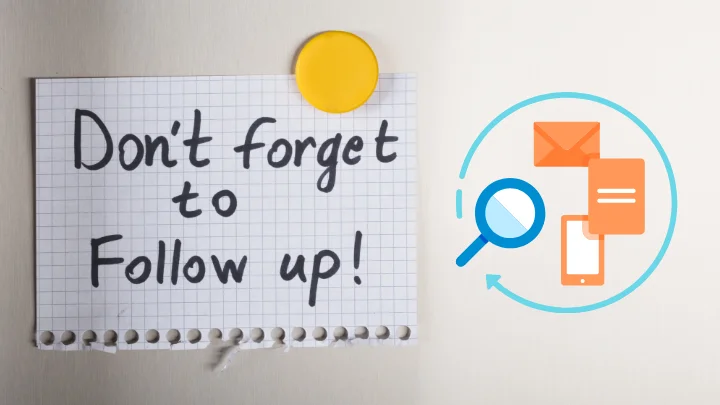
Following up on initial messages and invites is quite important as it helps you understand the customer’s state of mind.
But unlike initial messages, follow-up emails are all about the customers and should not contain any sales pitch.
The thumb rule is to talk 90% of the time about the prospects and only 10% of the time about you.
Conclusion:
Despite being the biggest challenge for modern-day marketers, lead generation is something every business has to do at some or other point in time, which you can get the most of by implementing these strategies.
The most important factors to keep in mind when using outbound lead generation strategies are personalization, targeting the right leads, and automation.
Keep this in mind, and I am sure you’d be able to generate substantial leads with your outbound process.
